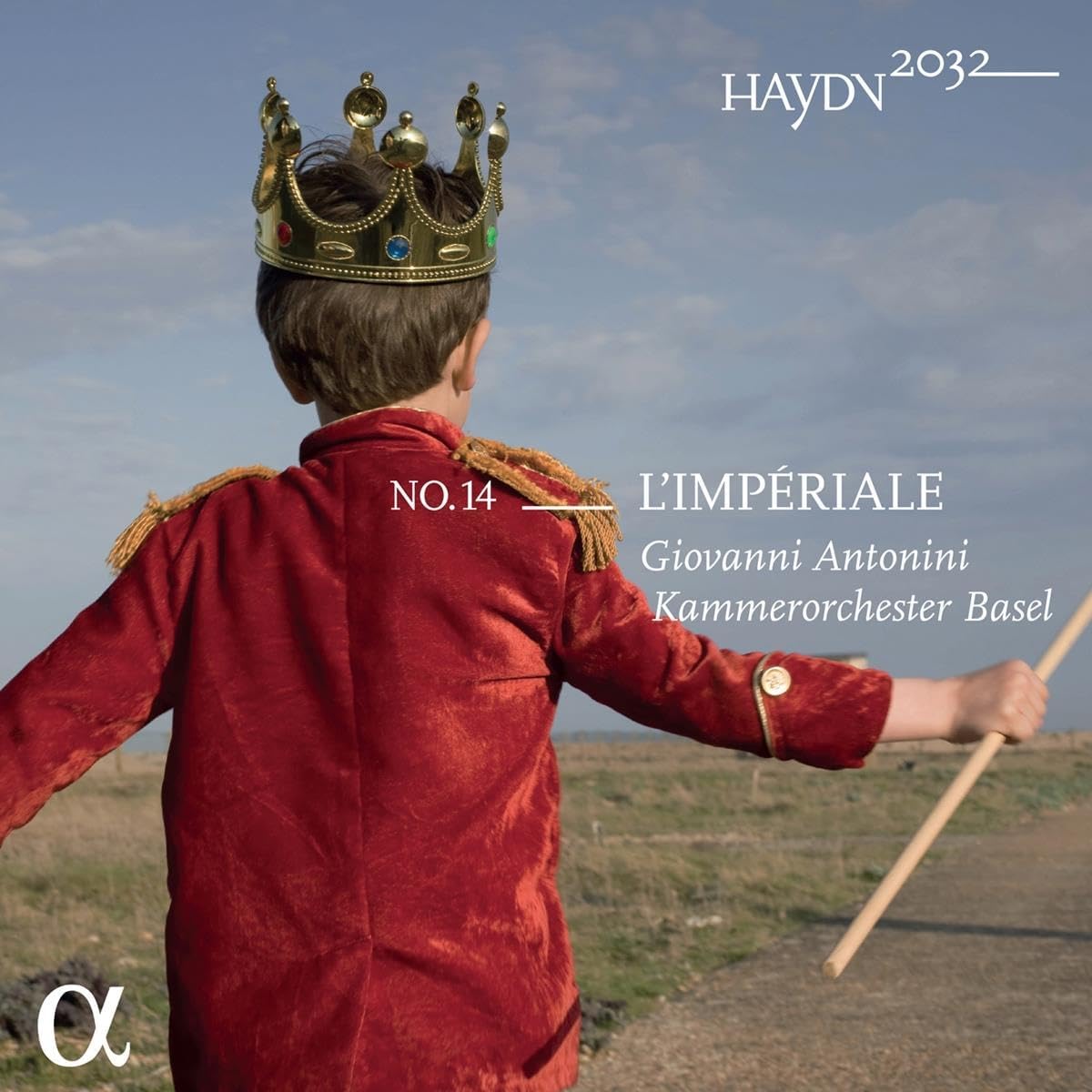Kammerorchester Basel, conducted by Giovanni Antonini
77:07
Alpha Classics 694
Giovanni Antonini’s Haydn cycle, with his own Il Giardino Armonico and the Kammerorchester Basel alternating, here turns its attention to three symphonies plus an alternative finale for No 53 in D. It is from the nickname for that symphony, a 19th-century acquisition, that the programme takes it theme. All three symphonies are celebratory in character, with trumpets and timpani to enhance the grandeur, though they were a later addition in the case of No 53. The earliest, No 33 in C, is a pre-Esterháza work and is indeed with its twin No 32 in C the first of Haydn’s symphonies to include trumpets and drums. It was composed during the short period Haydn was in the employment of Count Morzin (c 1759-60). Cast in four movements, it opens with a Vivace that brings some champagne-like sparkle and agility from the superb Basel strings, a tranquil Andante scored only for strings, a pompous Minuet that unlike many of Haydn’s remains firmly in the ballroom, and an Allegro finale full of quirky humour made much of by Antonini and his orchestra. Oddly only passing mention of the symphony is made in the otherwise informative notes, suggesting that perhaps its inclusion to make for the unusually long playing time was a late decision.
One of the ever-increasing problems with Antonini’s cycle for a reviewer is to find something new to say about performances that up to this point have been remarkably consistent, whichever orchestra he is directing. Both produce superb playing for him, with unflagging dynamic energy brought to outer movements, insightful sensitivity to slower ones, while the bucolic extroversion that characterises many of the minuets is consistently infectious. Perhaps question marks may arise over a fast tempo, such as the secondary idea in the opening Vivace of No 53. Perhaps a little more warmth might have been brought to the odd cantabile movement, though that is certainly not the case here where the Adagio assai of No 54 – the only true slow movement on the disc and one of the longest Haydn ever wrote – takes on a mesmerizingly nocturnal mood.
Symphonies 53 and 54 both belong to the Esterháza period. No 53, first performed in 1778, is – to put it inelegantly –something of a dog’s dinner of a work. In addition to the later trumpets and strings mentioned above, it also originally lacked the boldly imposing slow introduction. There are three different finales, though one is considered spurious. The one given here is a Presto dated 1777. It is believed by some Haydn scholars to have been composed originally for the fourth part of the marionette opera – which were extremely popular at Esterháza – Genovefens, although Robbins Landon is of the opinion that Haydn, responsible for all dramatic performances there, just assembled the music for it. It’s a movement that juxtaposes pomp with an extremely attractive and more lyrical secondary idea.
Those who have investigated this series will need no urging to obtain this latest addition, in which they will find three less familiar symphonies given in performances that happily maintain the extraordinarily high standard established from the first issue in the series. Otherwise, anyone starting here has a great deal of catching up to do!
Brian Robins
